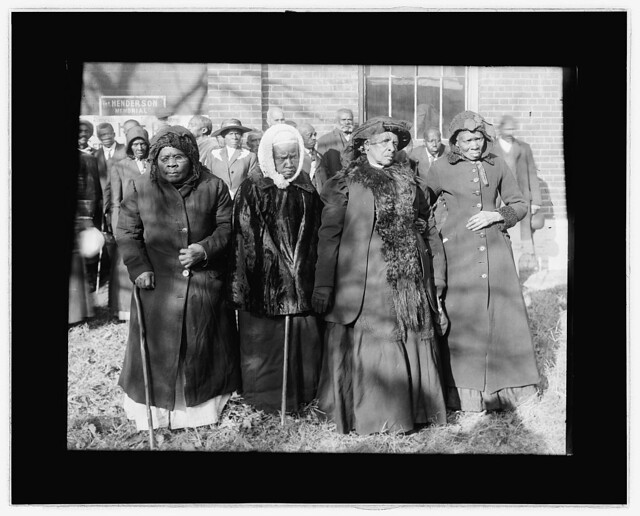To the Teacher
This lesson has students explore why many Americans are calling on the U.S. to provide reparations for slavery, and why this issue has become an issue in the 2020 presidential election. Students begin in present-day America by examining recent data on the racial wealth gap, then travel back in time to look at the origins of the wealth gap. Next, students discuss their thoughts on the merits of reparations for African Americans. Times allotted for each activity are based on a 45-minute period.
This is the first of three lessons on reparations. See also:
Note: When Americans talk of reparations, they usually mean reparations for the enslavement and forced free labor of Africans and Blacks. Almost always left out of the conversation is the reparations owed to Native Americans upon whose confiscated lands Blacks produced the wealth that whites received and benefited from.
This is a topic that may bring up strong opinions and feelings for some students. Before beginning the lesson, consider how students may react and how to ensure a supportive classroom climate for the discussion. You may want to review these guidelines for discussing upsetting issues.

Introduction
(5 minutes)
Share with students this lyric from a 2014 song by Wu-Tang Clan:
“My Peoples Tired of Waiting for Reparations to Pay Us”
What is this lyric referring to? What are “reparations”?
Chart students’ answers then offer up a working definition, not complete, but functional for this lesson:
Reparations: the making of amends for a wrong done by paying money or offering another remedy to help those who have been wronged.
Share with students that when Americans talk of “reparations,” they usually mean reparations for the enslavement and forced free labor of Africans and Blacks. Almost always left out of the conversation is reparations for Native Americans. It was on their confiscated lands that Blacks produced the wealth that whites received and benefited from.
Tell students that today we’ll find out why many people are calling for reparations for slavery.
Exploring the Racial Wealth Gap
(15 minutes)
Invite students to read the pdf handout for this lesson, which includes an article excerpt and a chart.
First, ask them to read the excerpt from Forbes magazine on “What Voters Need To Know About The Racial Wealth Gap.”
Next, ask them to examine the chart on the racial wealth gap. After they’ve read the chart, ask them to highlight one fact in the chart that stands out for them.
When students have completed the reading, engage them in a brief whole class discussion about the wealth gap. Ask:
- What stood out for you in the article excerpt? Why did it stand out?
- What fact most struck you in the racial wealth gap chart? Why?
- What questions do you have – and how can they be answered?
End with this discussion prompt and solicit 2 -3 answers from students:
- Reparations are often talked about as compensation for past wrongs against Africans Americans. What, if anything, does your examination of the current-day wealth gap signal for you?
Small Group Discussion: Letter to an Enslaver
(15 minutes)
Have students break into small groups. Ask them to read and discuss Jourdon Anderson’s letter to his enslaver, below (and in the pdf handout).
Students can use the following discussion prompts:
- What were your thoughts or feelings about reparations before today?
- After learning about the racial wealth gap and reading Jourdon Anderson’s letter, what are your thoughts now?
Closing
(10 minutes)
Reconvene the whole class and have one member from each group share-out about their discussion.